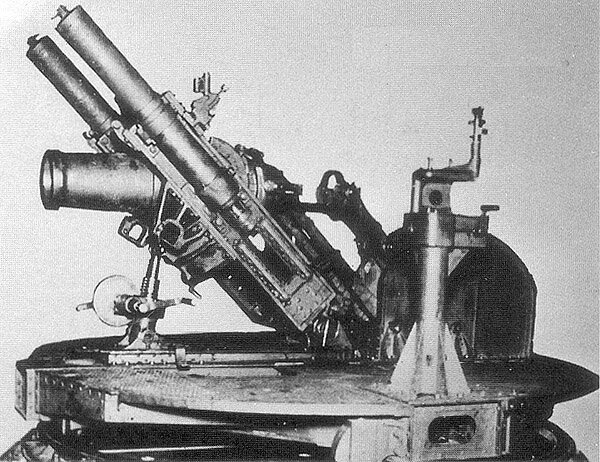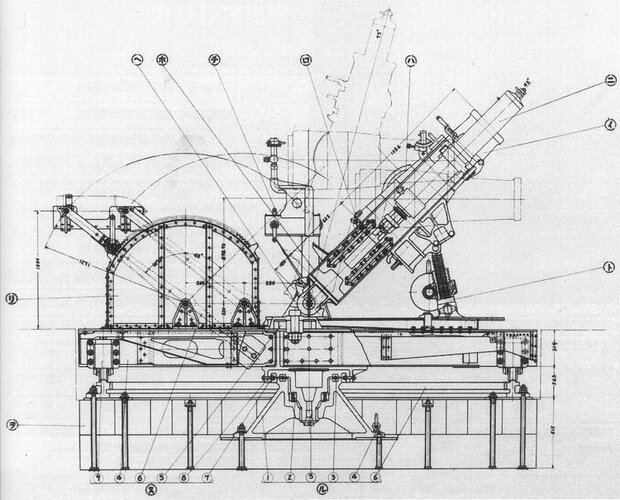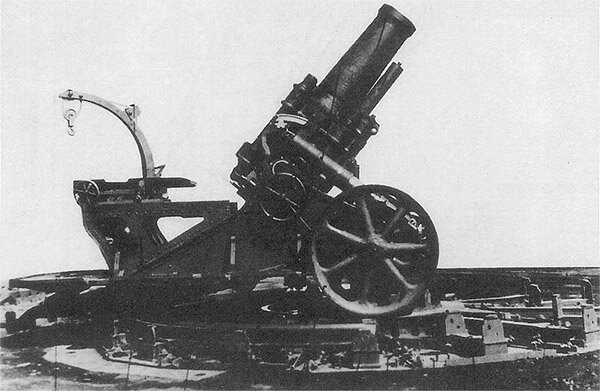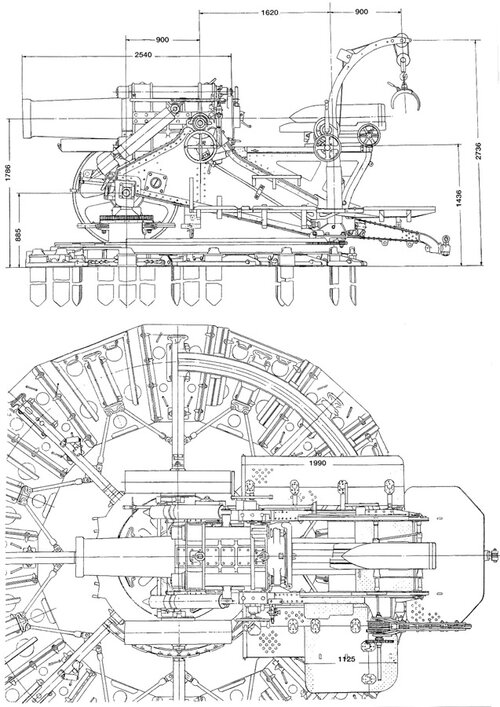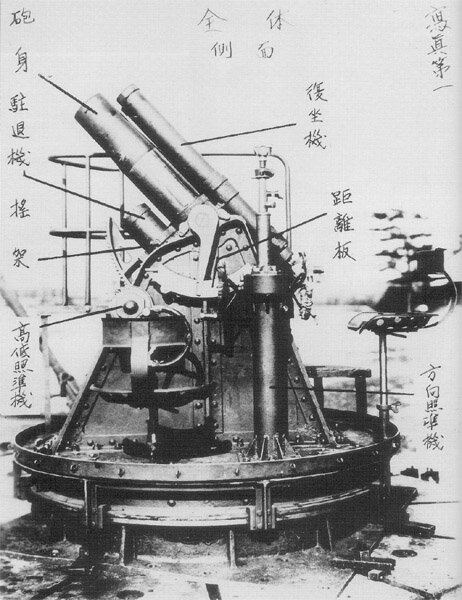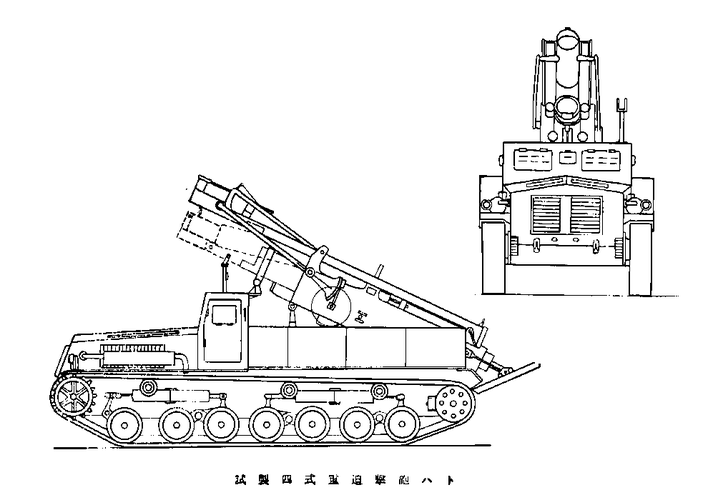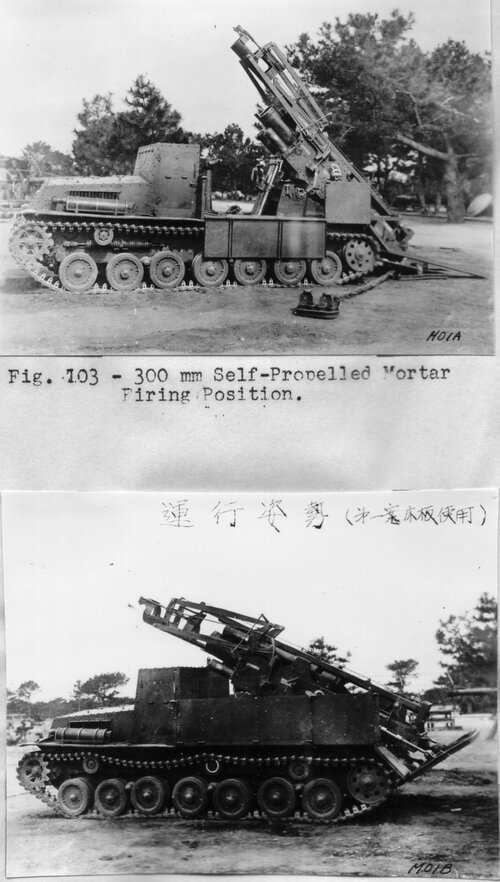Could this weaponry be inspired by eg Maginot line and especially those Alpine forts that had 'very big' mortars to provide plunging fire onto potential dead ground ?? IIRC, the French alpine forts held off Italian attack, then German-assisted attack. Yes, there was grim attrition, and damaged positions had to be abandoned, but no faster than expected...
IIRC, one feature was those forts' low-set gun 'ports' / embrasures had deep pits in front, shaped to trap and mitigate 'incoming' ordnance. Tangentially reminded me of the 'Valley of the Kings', where many tombs had a deep pit in front of their entrance. Not to thwart tomb-raiders, but as a precaution against inundation by rare yet devastating flash-floods...
Equivalent of the mud/debris catch-basins up-stream of modern dams and storm gulleys...
 ja.wikipedia.org
ja.wikipedia.org

